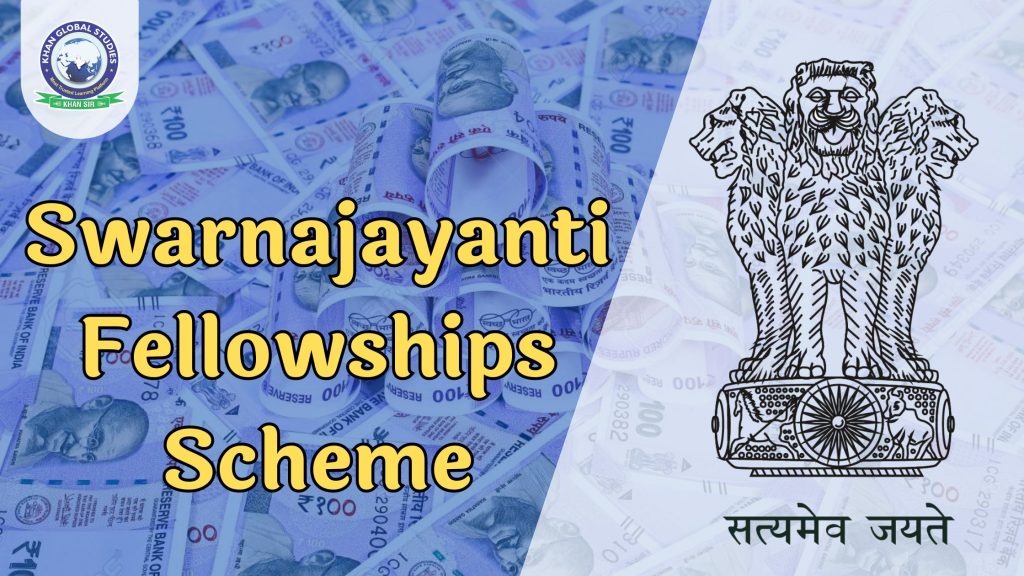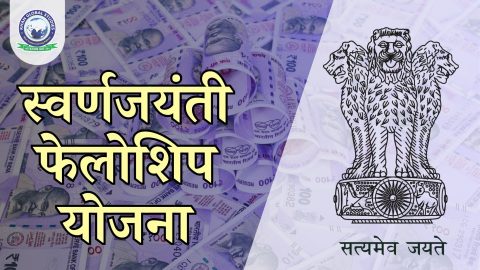To celebrate the Golden Jubilee of India’s independence, the Government of India launched the Swarnajayanti Fellowship Scheme. This initiative is designed to nurture and empower a select cadre of young scientists who have established a commendable record in their fields. These scientists are provided with unparalleled support to pursue foundational research in cutting-edge areas of science and technology. Those awarded this fellowship are given the freedom to conduct research with substantial autonomy, particularly about the allocation of resources outlined in their research proposals.
Projects proposed under this scheme are expected to embody pioneering research concepts that promise to make significant contributions to the development of their respective disciplines. Fellowships are awarded to individual scientists rather than institutions, maintaining a highly selective and rigorously monitored academic process.
Fellowship Duration
- The duration of this fellowship is a maximum of five years.
Benefits
- Fellowship recipients are paid a monthly stipend of ₹25,000 in addition to the regular salary they receive from their home institution for the entire period of five years.
- Along with the fellowship, their research projects are eligible for funding by the Science and Engineering Research Board (SERB) as per the guidelines of the Board. This financial assistance covers both recurring and non-recurring expenses.
Eligibility Criteria
- This fellowship is available to Indian nationals holding a permanent position in a recognized academic or research institution in India.
- Applicants must have a PhD in science, engineering or medicine and must not be a beneficiary of any other fellowship scheme of the Government of India.
- Candidates must be actively involved in significant research in their fields, with notable achievements evidenced by research publications, patents, peer recognition and awards.
- In addition, the applicant’s institution must agree to assume financial and managerial responsibilities for the project during the five years of the fellowship.
- The age limit of the applicants has been fixed between 30 to 40 years.
Application Process
- Step 01: Applications for the Swarnajayanti Fellowship Scheme should be submitted online using the format provided on the DST e-PMS portal.
- Step 02: Applicants should visit https://onlinedst.gov.in to access the homepage of the portal and complete the online application process.
Important Note:
- There is no need to submit a physical copy of the application.
- Applicants may be asked to provide additional information and submit their project proposals during the final selection process.
- The Annual advertisement for the Swarnajayanti Fellowship Scheme will be posted on the DST website, containing all relevant details.
Required Documents
- Identity Proof: Aadhaar Card
- Photograph: Passport Size
- Age Proof: Birth Certificate or equivalent
- Educational Qualification: Certificates and Transcripts
- Employment Proof: Current employment verification
- Professional Recognition: Awards, Fellowships and Honours
- Publication List: Complete list of publications in SCI journals and other peer-reviewed journals
- Additional Documents: As specified during the application process
Conclusion
The Swarnajayanti Fellowship Scheme is a prestigious initiative designed to empower the brightest young minds in Indian science and technology. By providing unparalleled support and autonomy, the fellowship not only recognises past achievements but also fosters future innovations that can shape the country’s scientific landscape. The carefully curated selection process and comprehensive benefits ensure that recipients are well-equipped to push the boundaries of knowledge and make meaningful contributions in their fields.
As India continues to be a leader in global science and technology, the Swarna Jayanti Fellowship Scheme will continue to be a cornerstone in developing the next generation of visionary researchers.





